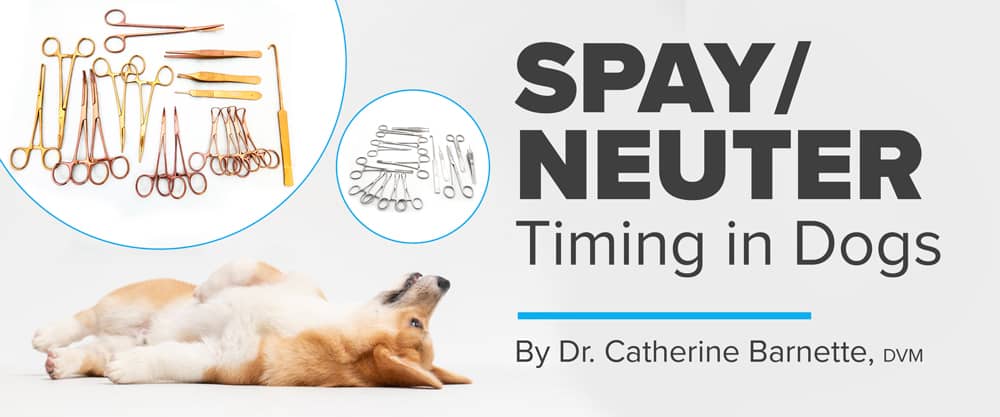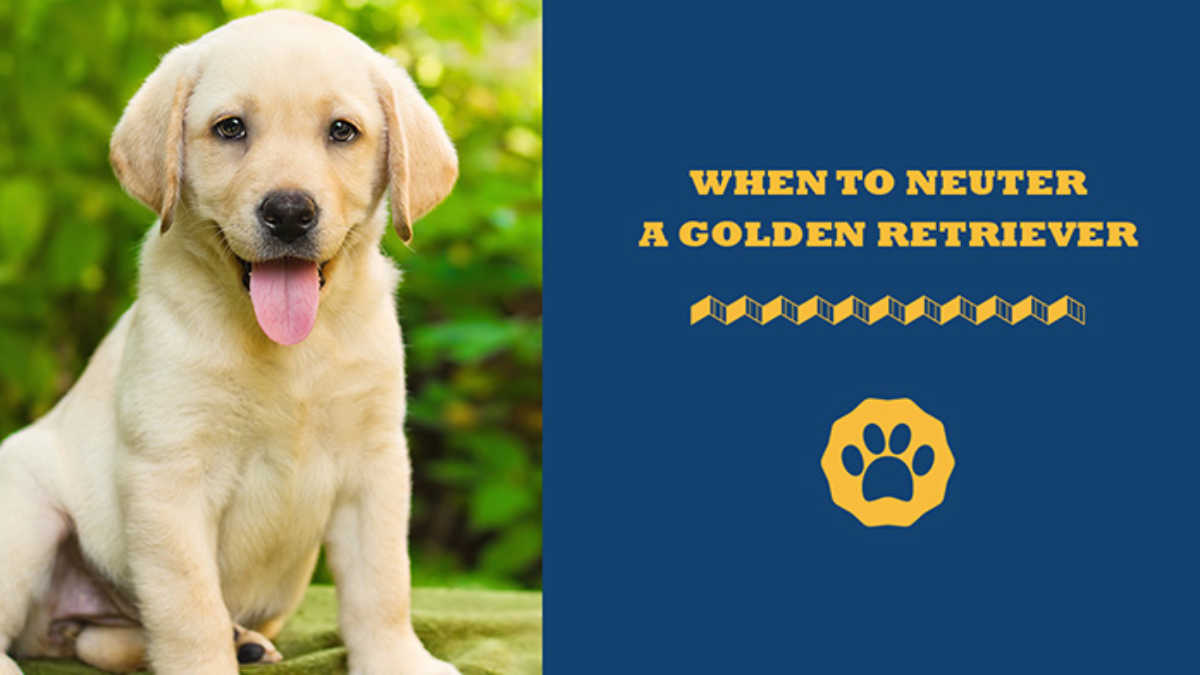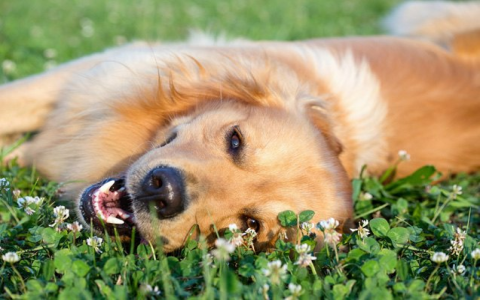Okay, folks, let’s talk about neutering your Golden Retriever. I’ve been through this with my own furry buddy, Max, and let me tell you, it wasn’t a decision I took lightly. I did a bunch of digging and wanted to share what I did and learned.
My Journey to Neutering Max
First off, I started by talking to a few different vets. I didn’t just go with the first opinion. I wanted to hear different perspectives. I asked them a ton of questions like: “When’s the best time?”, “What are the pros and cons?”, and “What’s the recovery like?”. I made sure get some professional input, I didn’t do anything that any professional said not to do, and that made me feel more solid.

Then, I hit the internet. I read articles, forum posts, and everything in between. Honestly, it was information overload! Some people said to do it super early, like at six months. Others warned against it until much later, after they’re fully grown. It was all very confusing.
What I gathered was, the “perfect time” is a big debate and really depends on your individual dog. I know my dog best, I considered his unique personality and circumstances, and I’m the one who made the final decision.
Weighing the Options
Here’s what I considered:
- Health Risks: I learned there’s a slightly increased risk of certain cancers if you neuter too early, but also risks of other problems if you wait too long. It’s a balancing act.
- Behavior: I heard neutering can help with things like marking territory and roaming, but it’s not a guaranteed fix for every behavioral issue. Max was already pretty chill, so this wasn’t my main concern, and I knew it!
- Growth: This was a big one for me. I discovered that neutering can affect growth plates, especially in large breeds like Goldens. I didn’t want to mess with Max’s development.
Making the Decision and the Procedure
After all my research and vet talks, I decided to wait until Max was around 18 months old. He was pretty much fully grown, and I felt like it was the right balance between minimizing risks and potentially getting some benefits.
The procedure itself was pretty straightforward. I dropped Max off at the vet in the morning, and he was ready to go home that afternoon. He was definitely groggy from the anesthesia, but otherwise seemed fine.
Recovery and Aftercare
The vet gave me clear instructions for aftercare. I made sure to follow these things. It was tough to keep this dog calm and *’s what I did:
- Limited Activity: This was the hardest part! Max is a ball of energy, but I had to keep him from running, jumping, or playing too rough for about two weeks. Short, leashed walks only.
- Cone of Shame: Yep, Max wore the dreaded cone. He hated it, but it was essential to keep him from licking the incision. I did my best to keep him calm and safe.
- Medication: The vet prescribed some pain meds, which I gave Max as directed. He didn’t seem to be in much pain, but I wanted to keep him comfortable.
- Monitoring: I checked the incision site daily for any signs of infection, like redness or swelling. Luckily, everything healed up perfectly.
Overall, the recovery was smoother than I expected. Max was back to his old self in no time. It took a couple of weeks of dedicated care and attention, but it was worth it to see him recover. I am very glad I made this choice, it was the best for my dog and my family.







